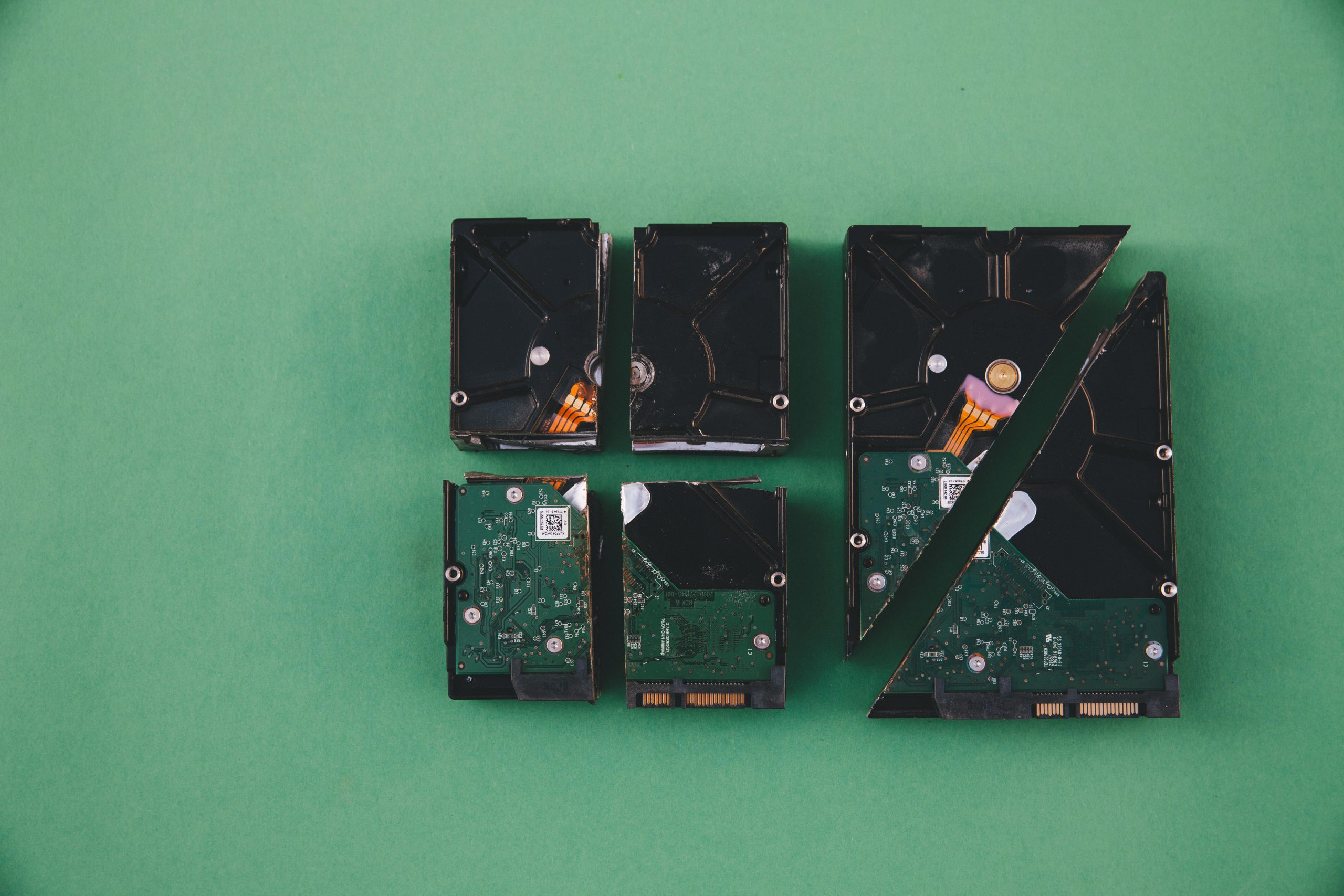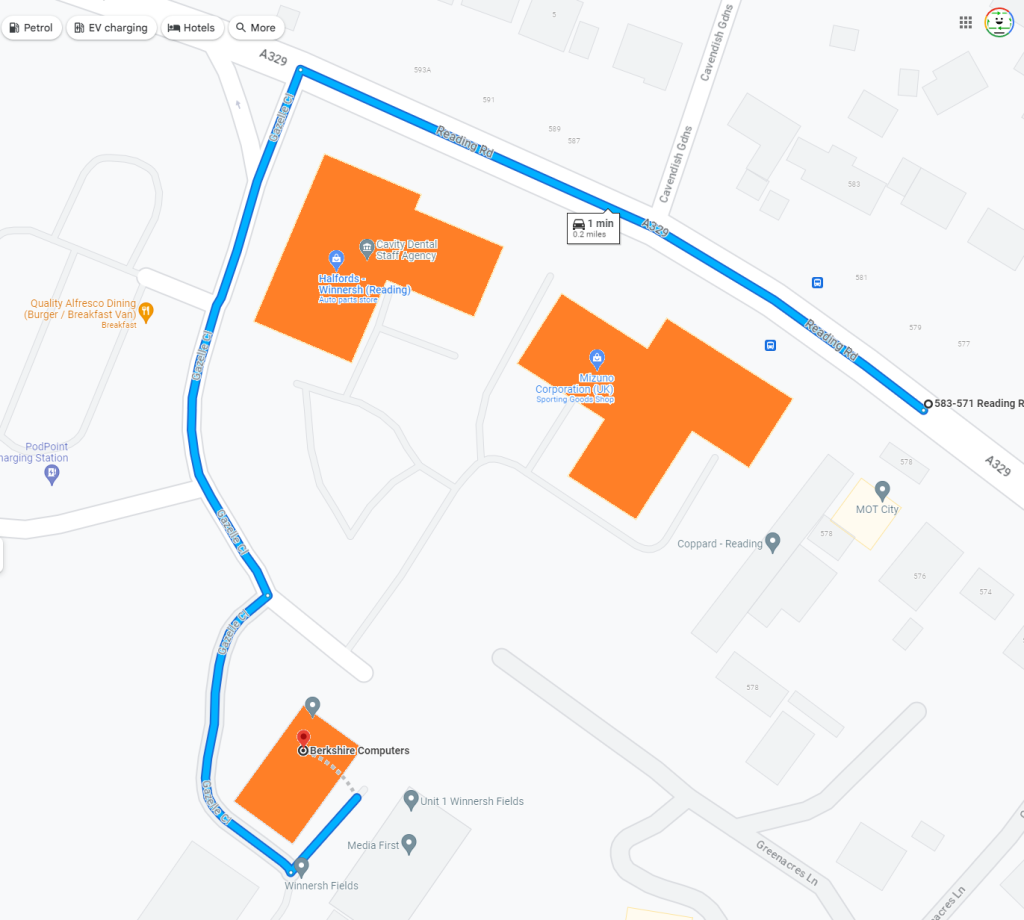Troubleshooting Graphics Card Issues: Why Does It Work Outside the Case but Not Inside?
Experiencing issues with your graphics card can be frustrating, especially when you encounter a peculiar situation where it functions perfectly when set up outside the case, but fails to operate once it’s installed within your PC’s enclosure.
In a recent discussion, a user shared their predicament: their graphics card was successfully powering on and delivering a clear image when connected outside of their computer case. However, once they attempted to secure it inside the case, the graphics card ceased to operate, although the rest of the system functioned normally.
If you find yourself in a similar situation, you’re not alone. Here are several troubleshooting steps you can take to pinpoint and resolve the issue:
1. Check for Short Circuits
One of the most common reasons for this issue is a short circuit between the graphics card and the case. Ensure that no screws or metal objects are lodged between the card and the motherboard, and make sure it is installed correctly in its PCI Express slot. Consider using standoffs to keep the card properly elevated.
2. Ensure Proper Power Supply Connections
Graphics cards typically require dedicated power connectors. Verify that all power cables are securely connected to both the card and the power supply unit. A loose connection may prevent your GPU from receiving the necessary power when installed inside the case.
3. Examine Case Components
Take a close look at the interior of your case. Sometimes, components like cables, fans, or other hardware may obstruct the graphics card or interfere with its connections. Make sure that everything is securely mounted and not causing any interference.
4. Cooling Considerations
Overheating can lead to performance issues. Ensure that your case has adequate airflow. If the graphics card works when outside the case but fails inside, it could be related to insufficient cooling. You might want to explore additional cooling solutions or improve cable management for better airflow.
5. Review Motherboard BIOS Settings
It’s also advisable to check your motherboard’s BIOS settings. An incorrect configuration could prevent the graphics card from functioning properly. Resetting the BIOS to default settings may resolve any conflicts.
6. Test with Different Hardware
If possible, consider testing your graphics card in another system. Furthermore, try using a different graphics card in your current setup to identify whether the issue lies with the card itself or other hardware components.
Troubleshooting hardware issues can be a meticulous process, and
Share this content:



